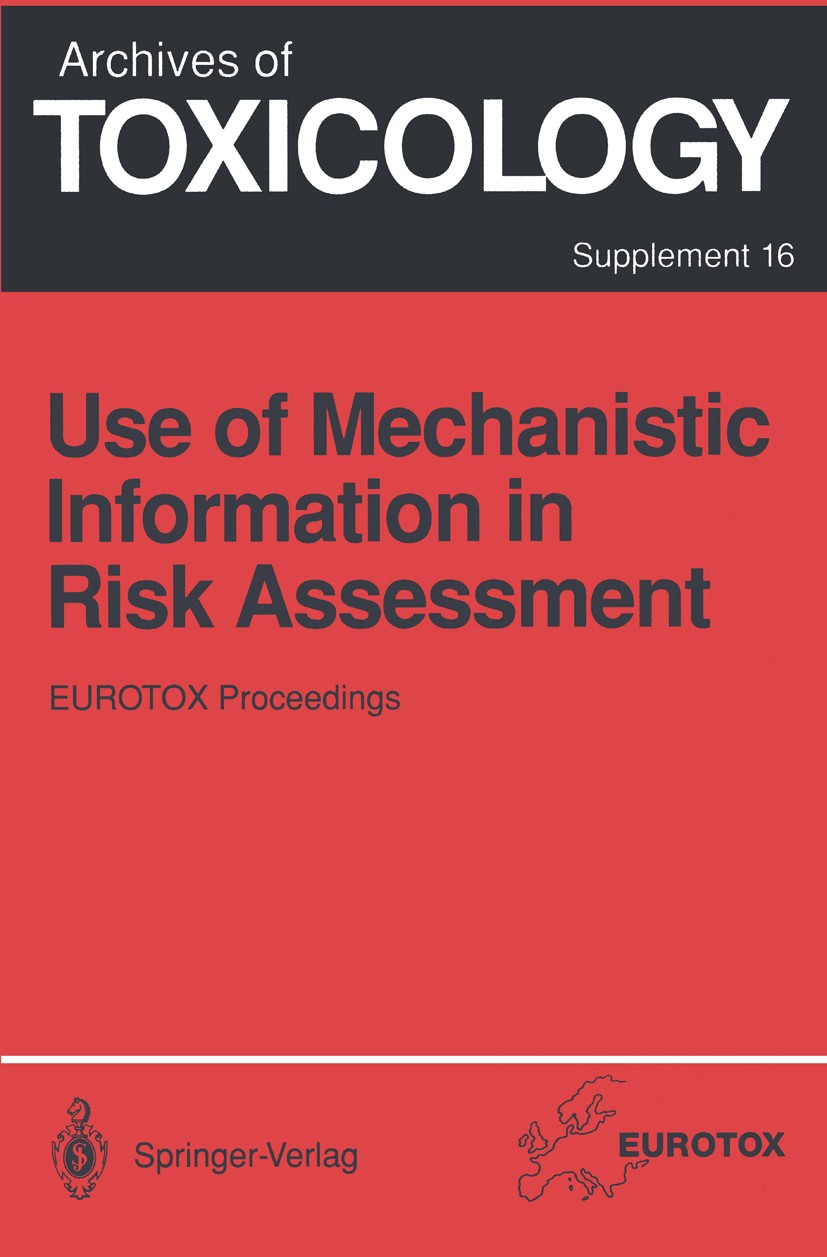| 书目名称 | Use of Mechanistic Information in Risk Assessment |
| 副标题 | Proceedings of the 1 |
| 编辑 | Hermann M. Bolt,Björn Hellman,Lennart Dencker |
| 视频video | http://file.papertrans.cn/945/944440/944440.mp4 |
| 丛书名称 | Archives of Toxicology |
| 图书封面 |  |
| 描述 | M. Pliftski Institute of Oceanography, GdaJisk University 46 Pilsudskiego Av. 81-378 Gdynia, Poland 2 The Baltic Sea with 366,000 km is only 0. 1% of the world‘s oceans but nevertheless, unique in many ways. The Baltic Sea is the largest area of brackish water in the world. As a formation of nature, it is a sea that in many ways resembles a lake. This makes its flora and fauna interesting and well adapted to the brackish water environment. The recent stage of biocoenosis composition is influenced by several features. Historically, during the last glaciation, when the Baltic was sometimes a huge marine bay and sometimes a large, freshwater lake, several ecosystems developed and were successively replaced. The flora and fauna composition of those previous biocoenosis was discovered from the geological layers corresponding to the Yoldic Sea, the Ancylus Lake and the Littorina Sea periods. Recently the marine influence has come from the North Sea water inflow, which greatly affects the salinity of the deep water. The freshwater influence comes from the fluvial water which gives the surface layer a lower salinity value. Salinity in the Baltic regions varies greatly - Gulf of Bothnia 2-4 |
| 出版日期 | Conference proceedings 1994 |
| 关键词 | Pharmakologie; Umweltschutz; ecotoxicology; environment; environmental protection; gene expression; kineti |
| 版次 | 1 |
| doi | https://doi.org/10.1007/978-3-642-78640-2 |
| isbn_softcover | 978-3-642-78642-6 |
| isbn_ebook | 978-3-642-78640-2Series ISSN 0171-9750 |
| issn_series | 0171-9750 |
| copyright | Springer-Verlag Berlin Heidelberg 1994 |
 |Archiver|手机版|小黑屋|
派博传思国际
( 京公网安备110108008328)
GMT+8, 2025-11-7 09:00
|Archiver|手机版|小黑屋|
派博传思国际
( 京公网安备110108008328)
GMT+8, 2025-11-7 09:00


